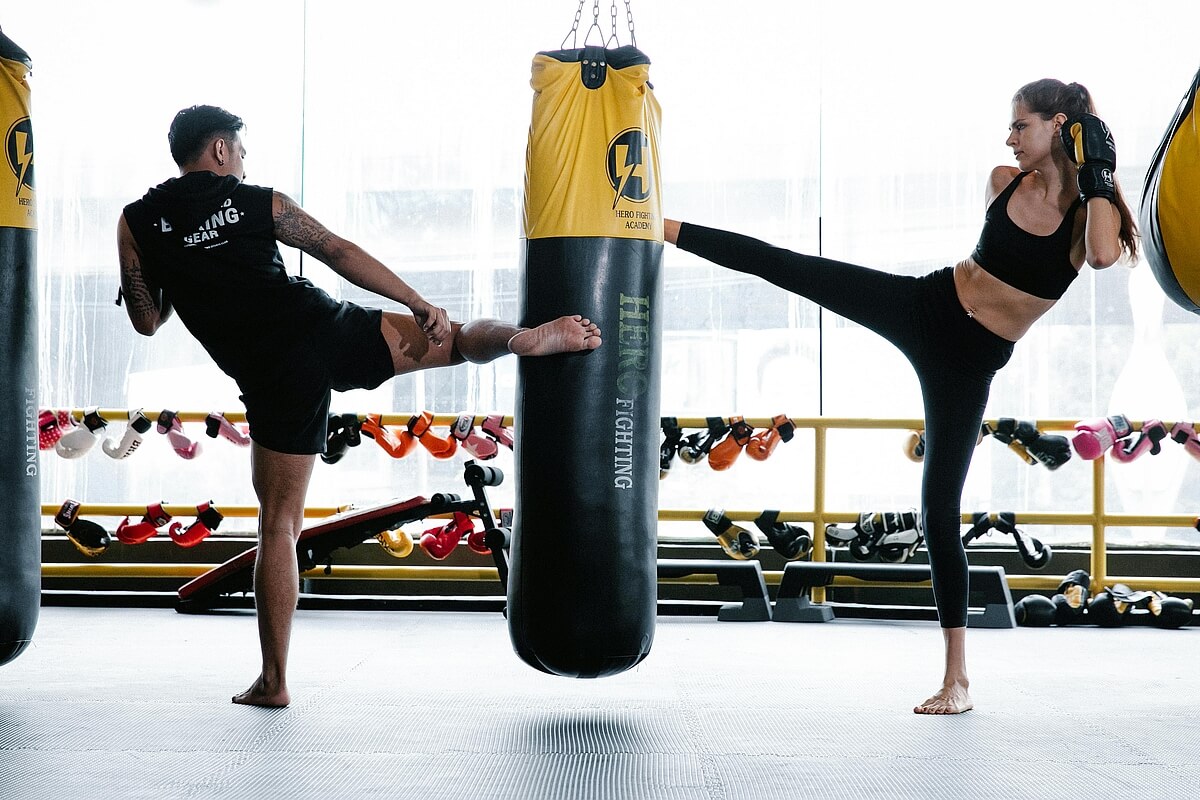Smashing the barriers preventing play and sports participation at your facility
The Australian Sports Commission’s National Participation Survey 2023 found that cost was the most commonly identified barrier affecting people’s ability to take part in sport and leisure, with nearly half of respondents (45 per cent) citing it as an issue.
Understanding barriers to participation and the other factors that influence people’s ability to get involved in sport and leisure activities can allow you to create strategies for attracting and retaining members at your aquatic or leisure centre.
In this article we explore these factors so you can leverage them to boost the opportunities for people in your community to enjoy the benefits of physical activity and make the most of what your facility has to offer.
Family support
Getting buy-in from parents or guardians is key to getting children and young adults involved in sport. Why not organise family-oriented sports activities, such as parent-child sports days, or workshops to inform parents about the physical, mental and social benefits of sport.
You could also create family membership packages and offer discounts for multiple family members to encourage participation. By fostering a family-friendly atmosphere, you encourage parents to actively involve their children in sports and take part themselves.
Build a strong culture
A positive environment is essential for keeping members on board. Emphasise to your staff the importance of being friendly, culturally aware and creating an atmosphere where everyone feels welcome and respected.
Recognising and highlighting members’ achievements, whether an individual beating their personal exercise goals or a team’s triumph in a sporting league, can go a long way to making them feel part of your facility. Social media, newsletters, wall displays in the gym, and awards evenings are great ways to recognise success and build culture.
Make time for everyone
Flexibility in scheduling is essential to accommodate members’ busy lives so offering a variety of class times, including early morning, late evening, and weekend options to suit everyone is key.
Regularly survey members to understand their preferred times and adjust your schedules to meet them if their preferences change.
Reduce the cost of participation
The cost of participating in sport can be a significant barrier for some. Offering sliding-scale fees for students and the unemployed, as well as seeking sponsorship from local businesses to fund programmes, can help to break down this barrier.
Providing equipment rental can also make it easier for sports enthusiasts who have less disposable income.
Tailor your activities for different user groups
If you want to engage with particular demographics in your community, whether that be indigenous groups, refugee groups or retirees looking to stay active, it’s best to think carefully about how to communicate with them.
If you cast your net wide with generic marketing you might not get the buy in you are looking for. Speaking their language (literally – why not?) and being sensitive to cultural and religious factors that could affect their ability to participate in the activities your facility offers is a smart (and culturally aware) move.
For example, a learn-to-swim programme with some cultural and linguistic input from a community leader might help attract a group of refugees in your community who have arrived from a landlocked country where being able to swim is a rare skill.
Welcome beginners
Coming to a session for the first time can be scary for people who don’t have a lot of sports skills and it can be intimidating to be around other people in a class who are confident and competent. Develop beginner-friendly programs and introductory classes that focus on building basic skills and fitness levels.
Hire supportive and skilled coaches who are good at providing personal attention and encouragement and make sure they offer a friendly first-impression if you want newbies to come back for more. Offering classes at different levels of ability, such as beginner, advanced, and expert group tennis coaching, allows members to enjoy the right level of challenge.
Taking these factors into consideration will make it easier for people of different ages, backgrounds and skill levels to access the activities your facility has to offer and allow recreation to play an even more valuable role in improving the overall health of your community.

